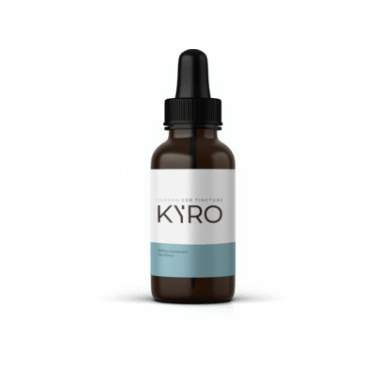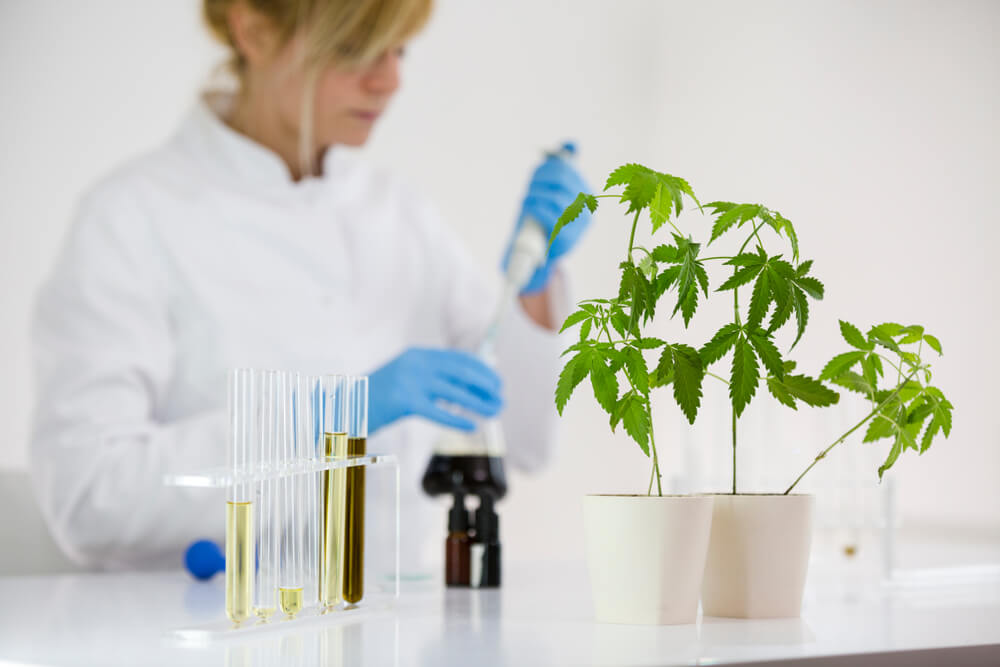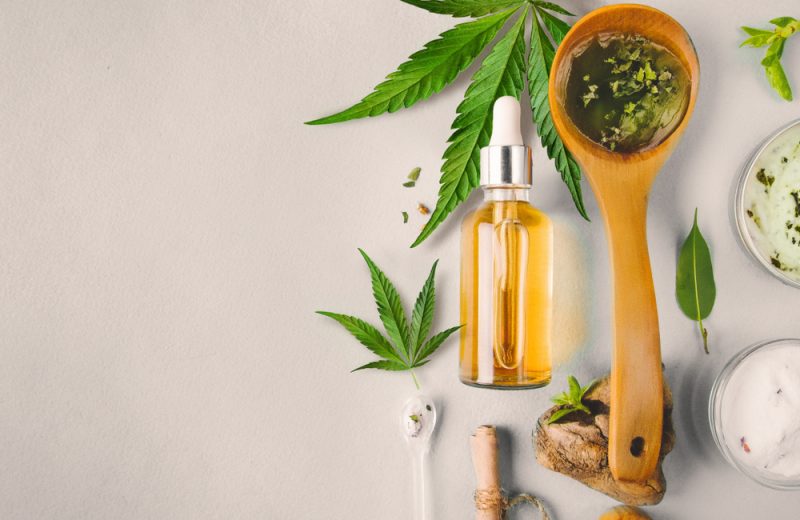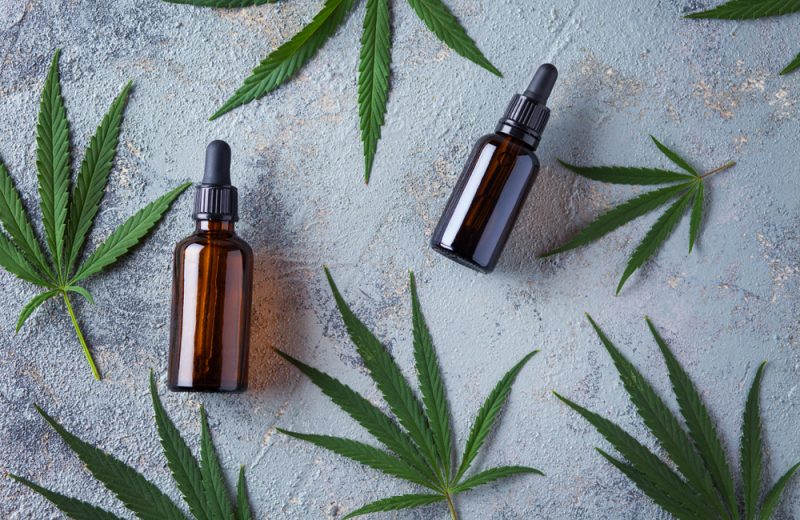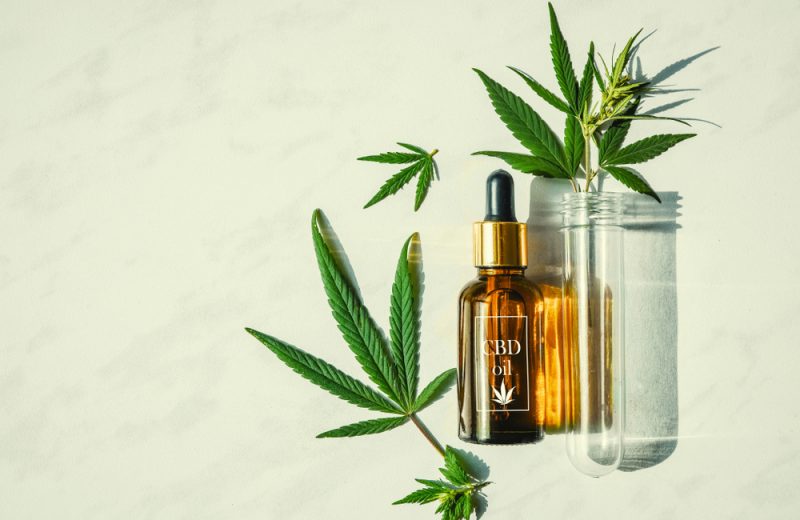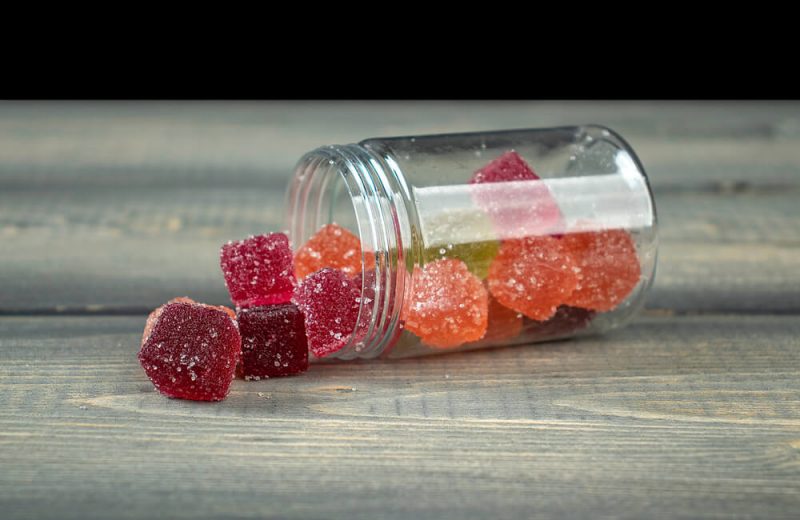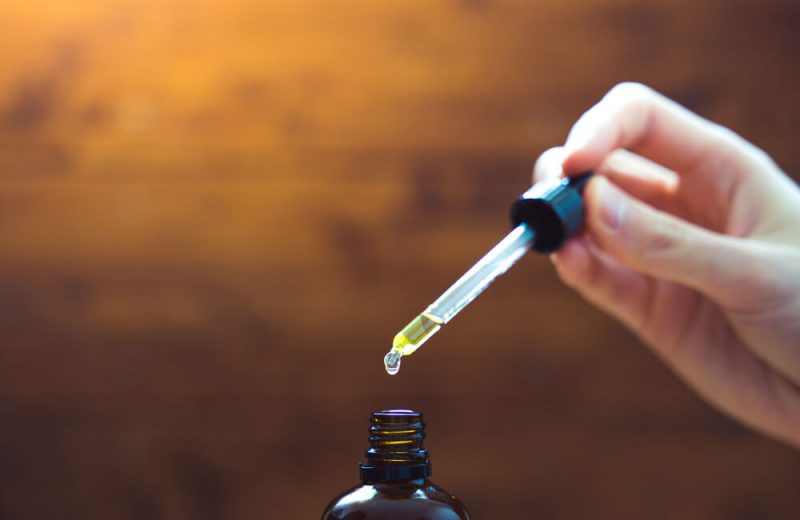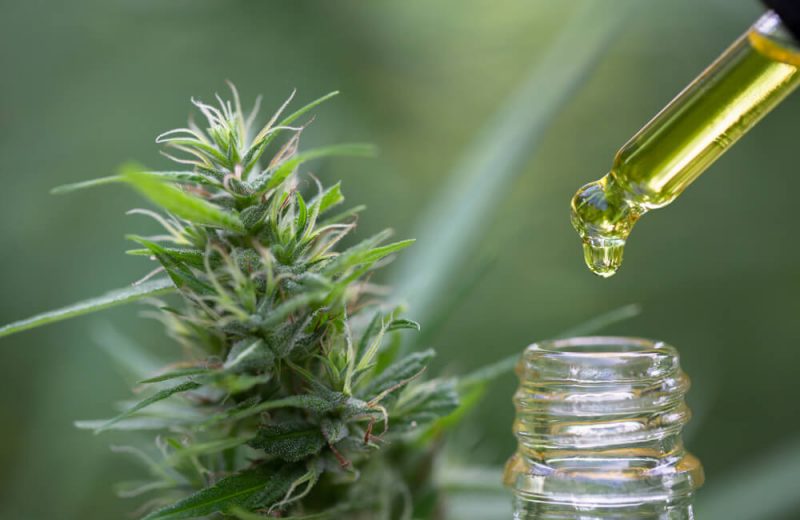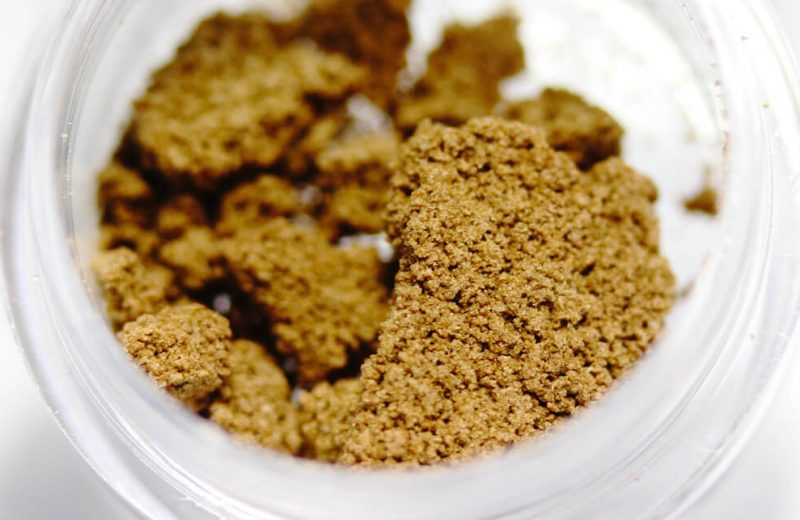CBD is one of the many chemicals present in cannabis. Science is just starting to unravel the therapeutic properties of this cannabinoid, but results are encouraging. With more people becoming aware of the supposed advantages of CBD products, these items have skyrocketed in popularity in the last few years. CBD edibles, oils, and topical cream may help individuals in different ways.
If you’re wondering about the cannabinoid extraction process, you’ve come at the right place. This article will be discussing the most popular ways to extract cannabis and hemp. Some of these techniques date back decades, if not centuries, and were used long before CBD oil and other products were even considered in any industry. Likewise, several extraction techniques are very recent, having been developed just in the past few decades.
What Is CBD Extraction?
Cannabis in its raw herbal form may include a range of microorganisms that might pose health concerns if not removed and cleaned properly. Also, the extraction process removes the waxes and fats from CBD products.
CBD is isolated from the plant via CBD extraction, separating it from the other cannabinoids. This may be achieved by using CBD-rich cannabis strains. Cannabis strains such as AC/DC and Charlotte’s Web have a high percentage of CBD (up to 18%) and a low quantity of tetrahydrocannabinol or THC (as little as 5%). This results in a highly concentrated CBD that’s suitable for human use.
The methods used to extract CBD affect the quality and purity of the finished product, which is, then, utilized in various ways to provide various benefits to customers. The following are the primary methods for extracting CBD:
- Solvent
- Rick Simpson Method
- Extraction of Carrier Oil
- Extraction of Alcohol
- Extraction of CO2
Note that specific techniques of extracting CBD may leave trace quantities of other cannabinoids or toxic residues that may impair its benefits. Therefore, the efficient use of cannabis processing equipment is a must to make hemp-derived CBD.
What Happens During CBD Extraction?
It’s good to know how CBD is extracted through different extraction methods. These include:
-
Solvent
Solvent extraction is a technique that separates substances according to their respective solubilities. It’s the process that extracts CBD using ethanol, butane, propane, isopropyl, or alcohol.
The process begins with the flowers and plant clippings being placed in a container to start the liquid solvent procedure. The solvent is, then, absorbed by or passed through the substance, removing the cannabinoids. It removes not just the cannabinoids, but also the chlorophyll, which imparts a bitter flavor to certain CBD goods. After evaporation, the concentrated cannabinoids are left in an oil form.
Solvent extractions are usually regarded to be the least expensive and most straightforward technique available. The drawback of using a solvent in CBD extraction is that the solvent extracts may be denatured or completely degraded during the extraction process. Some studies discovered residues of naphtha hydrocarbons or petroleum residue in solvent-extracted CBD products.
-
Carrier Oil Extraction
Carrier oil extraction is done using a carrier oil, such as olive, coconut, or hemp seed oil. The compounds in the plant material are activated by heating it to a specific temperature. The plant material is, then, reheated for several hours while submerged in a carrier oil.
When used to extract CBD, oils and fats may be more compatible with the oil-filled trichomes present in cannabis flower buds. In a 2019 research, scientists chose olive oil as their first option for extracting CBD, indicating that lipid extraction is more efficient in extracting cannabinoid resin.
Although this is a low-cost CBD extraction technique, it’s somehow less effective due to the low concentration of active cannabinoids it produces. There’s no way to increase the strength of this oil; therefore, it can only be used for light-weight oil. If you go with this technique, keep in mind that the extracted oil is perishable, and preservatives will need to be added.
-
Alcohol Extraction
Similar to other solvent-based techniques, this one is superior for a variety of reasons. Since other solvents may leave residues or impurities, using ethanol results in a cleaner CBD product.
The process starts after decarboxylating plant materials. The material is compressed firmly into a container, then the container is dripped with ethanol, which extracts the cannabis as it drops into the collecting reservoir. Another method is to soak the plant matter in the liquid until the CBD and other cannabinoids are extracted from the hemp. At this point, the ethanol is removed.
However, due to the way ethanol extracts plant waxes and other components, as well as its high boiling point, the purification process is long, and some CBD products can’t be manufactured with this extraction method.
-
CO2 Extraction
This is the most sophisticated technique of CBD extraction since it takes a more scientific approach and takes great care to create optimal habitat for cannabinoids. CO2 (carbon dioxide) extraction utilizes high-temperature carbon dioxide that’s pushed through the plant material at a high pressure to extract the maximum amount of desired cannabinoids possible. The procedure extracts the essential cannabinoids, terpenes, and waxes from the plant.
After CO2 is turned to liquid, it’s maintained at very low temperatures (supercritical). After removing germs, pesticides, and insects from the liquid CO2, the cannabinoids are separated. Once removed from the CO2, they may be reused indefinitely, making it the most cost-effective and complete extraction technique.
Carbon dioxide (CO2) extraction is currently the most widely used technique of extracting CBD. The final product has no traces of the hemp plant’s chlorophyll, resulting in a cleaner and purer CBD oil. This CO2 extraction technique yields the highest concentration of CBD to date. It’s regarded as the industry standard since it’s the most environmentally friendly method of extracting CBD from cannabis. Also, it eliminates a significant amount of THC or tetrahydrocannabinol, the primary psychoactive component of marijuana.
Summary
Hemp-derived CBD is produced via a multi-part process that requires a different set of equipment for each stage—hemp cultivation, extraction, and refining. Thus, understanding the need for a clean and precise extraction is dependent on knowing what’s being removed, as mentioned in the different extraction processes. The quality of the final CBD product is critical for a good product experience, as well as for you to be able to reap its purported health benefits.

